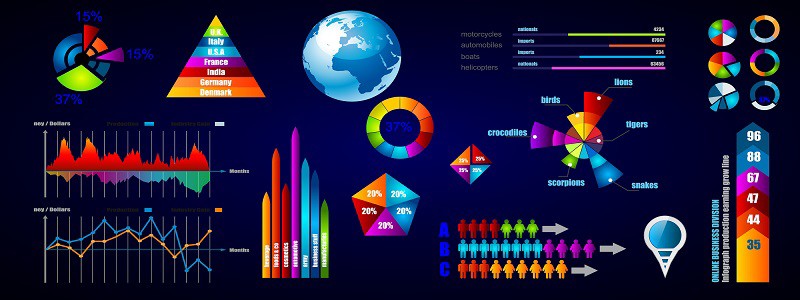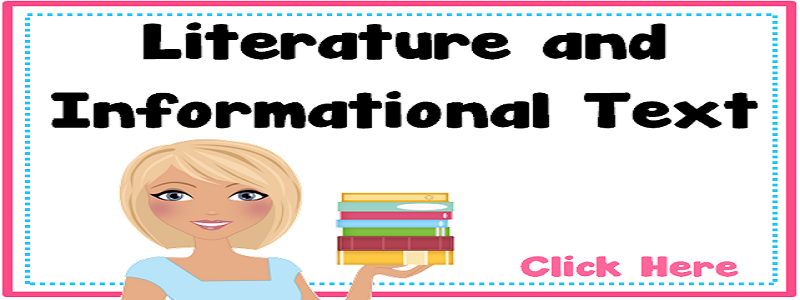The Federalist v. Antifederalist Debates: Hamilton and Jefferson’s Arguments Forge American Political History
This argument-based project on the Federalist v. Antifederalist debates was developed for one of Argument-Centered Education’s partner high schools this semester, and the early signs are its resonating with both teachers and students alike.
Overview
The debates that took place in the colonial America, shortly the formation of our nation, between Thomas Jefferson and Alexander Hamilton had a profound effect on our political history. The first Secretary of State in American history (Jefferson) and the first Secretary of the Treasury (Hamilton) had disagreements about the size and role of the new national government of the United States, and those disagreements generated factions which would evolve into the first political parties in America.
The opposing political rhetoric and argumentation fomented by their two factions – Hamilton’s Federalists and Jefferson’s Anti-Federalists – had its origin in the deliberations and disputes of the constitutional convention of 1787. Both men vied for influence within the first president George Washington’s administration (1789 – 1797), and both men’s factions conducted public projects of persuasion, writing in newspapers, broadsheets, and pamphlets, the political media of the late 18th century.
Analytic Comparisons Activity: Student Refutation Writing Samples
Overview
Students need to see models of argumentative writing to learn how to improve their own work. Those models should include some peer-student work that is proficient, but also some work that is deficient, so that students can see how certain criteria of effective argumentative writing are met and exceeded, and so that they can analyze the specific ways that argumentative writing can come up short.
Analytic Comparisons is an argumentative writing activity that enables students to think through both more effective and less effective examples of peer-student argumentative writing, helping them to self-reflect and incorporate this learning from close review of others’ work into the betterment of their own writing work.
Building an Argument (Not a Wall), Using Templates
Working with one of its middle school partners, Argument-Centered Education recently supported but largely observed an English language arts class building arguments from a single source, on the debatable issue of what U.S. policy should be on undocumented residents. The debatable issue was specifically formulated:
Should the United States offer a pathway to citizenship for the millions of undocumented residents currently living in the U.S.?
This argument writing activity was designed to be brief, its full duration only a few days, so after a short video clip introducing the issue, followed by a think-pair-share discussion emphasizing the factual backdrop and issue-specific vocabulary, students read a single article, from the New York Times Upfront Magazine, from which they were expected to derive most of their evidence, and a good portion of their ideas.
“It’s the Argument, Stupid, Not the Text Type”
By Gerald Graff
A quarrel has simmered for the past several years over the kind of texts to be used in language arts instruction, according to the new Common Core and other college-directed education standards, but from my point of view as an English teacher this discussion has badly missed the point. The quarrel was touched off when these standards proposed a shift of emphasis in school reading assessment from works of fictional literature to “informational” texts. As The Washington Post and many other sources have reported, ELA teachers reacted with outrage to the shift, charging that, as Sheridan Blau, a professor of education at the Teachers College Columbia University puts it, “The effect of the new standards is to drive literature out of the English classroom.”
‘Simile-Evidence-Reasoning’ — An Argument-Based Character Analysis Activity
We are probably all very familiar with the Toulmin-based universal argument model of Claim — Evidence — Reasoning. In building our students’ disciplinary literacy, though, all three of these components — as well as the Argument-Centered Education components of “refutation” and “argument evaluation” — can be adapted to subject area specific standards, objectives, criteria, and conventions.






